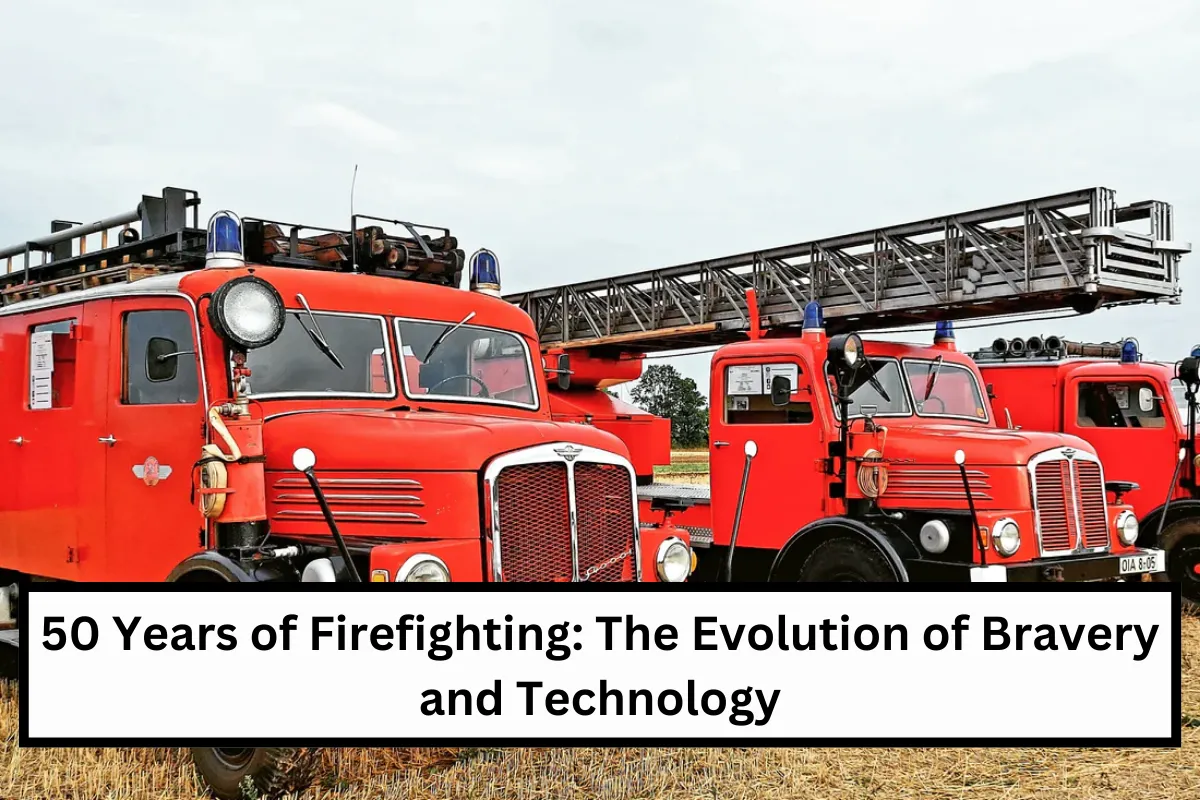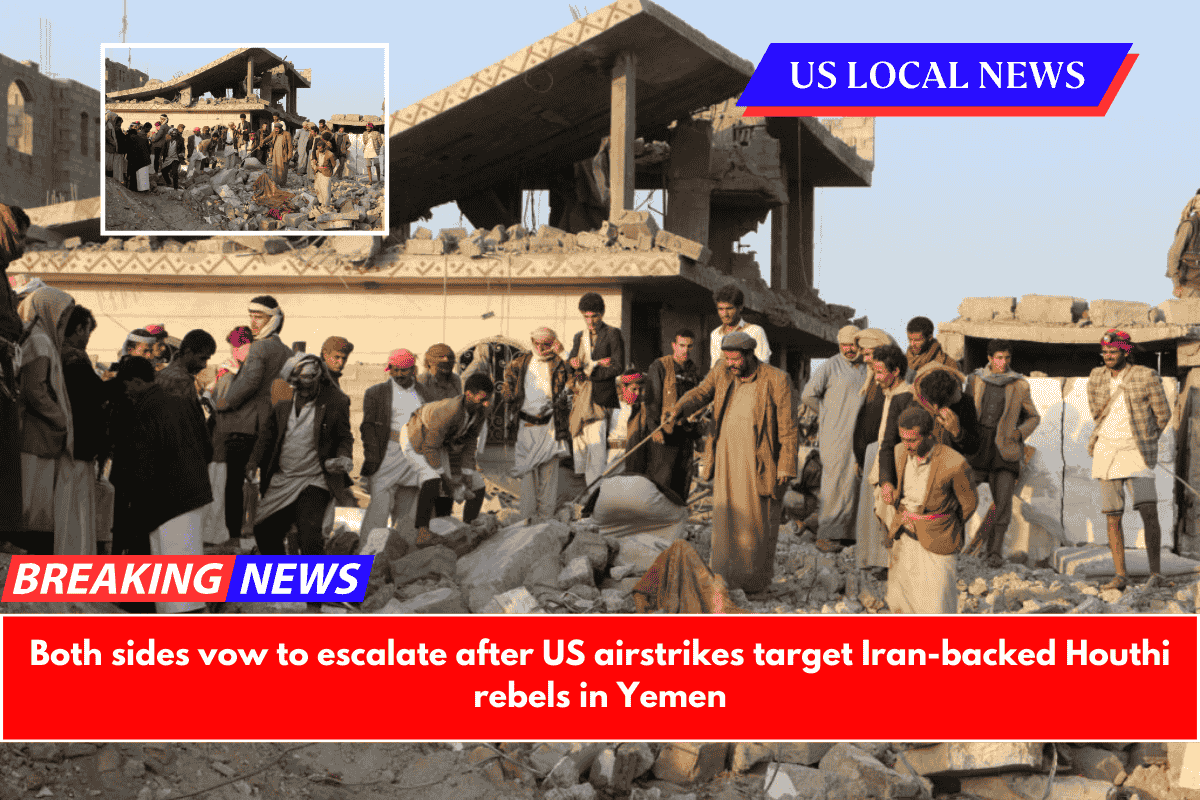Firefighting has come a long way over the past fifty years. From advancements in technology to improved safety equipment, the field of firefighting has evolved dramatically.
The firefighters who risk their lives daily to save others are heroes, and their contributions deserve recognition.
This article looks back at the key changes, challenges, and triumphs that have shaped firefighting over the past five decades. Let’s explore the courage, skills, and dedication that make firefighting a truly heroic profession.
Key Changes in Firefighting Over Fifty Years
Advances in Equipment and Technology
In the past fifty years, firefighting equipment has advanced significantly. Firefighters now have access to safer gear, like heat-resistant suits, which help protect them from extreme temperatures.
Improved breathing equipment and advanced fire hoses have also made firefighting safer and more effective. Additionally, technology like thermal imaging cameras helps firefighters locate people trapped in buildings more quickly, saving more lives.
Enhanced Training and Techniques
Training for firefighters has become much more rigorous over time. In the past, training focused mainly on physical strength and endurance, but today’s training includes advanced rescue techniques,
hazardous materials handling, and mental resilience training. Firefighters now learn how to manage different types of fires, respond to medical emergencies, and handle natural disasters.
Better Fire Prevention and Education
One of the biggest changes in firefighting is the emphasis on fire prevention. Firefighters now educate communities about fire safety, including tips for preventing house fires,
fire escape plans, and the importance of smoke detectors. This proactive approach has helped reduce the number of fires and increase public awareness of fire safety.
Challenges Firefighters Face Today
Health Risks and Mental Health
While advancements have improved safety, firefighting remains a high-risk job. Firefighters face physical risks, such as exposure to toxic chemicals and the danger of collapsing buildings.
Mental health is also a challenge, as firefighters experience high-stress situations that can lead to mental health issues like PTSD. Departments now provide resources to support firefighters’ mental and physical health.
Climate Change and Its Impact on Firefighting
Climate change has increased the frequency and intensity of wildfires. This has made firefighting even more challenging, especially in areas prone to droughts and high temperatures.
Wildfires spread faster and cause more destruction, pushing firefighters to adapt to these intense conditions.
Honoring the Dedication of Firefighters
Firefighters dedicate their lives to protecting their communities, often putting themselves in harm’s way. Honoring them means recognizing their bravery and supporting initiatives that improve their training, equipment,
and mental health resources. Celebrating fifty years of firefighting is also about acknowledging the sacrifices made by these heroes and committing to continuous improvements that make their work safer.
Over the last fifty years, firefighting has transformed through advances in technology, improved training, and a stronger focus on health and safety.
Firefighters today are more equipped to handle fires, save lives, and educate communities about fire prevention. Despite the challenges they face,
they continue to serve with courage and dedication. As we honor their contributions, we should also support efforts that make their work safer and more effective.
The journey of firefighting is a testament to the resilience and commitment of those who choose this noble profession.
1. What are the biggest changes in firefighting equipment over the years?
Modern firefighting equipment includes heat-resistant suits, improved breathing devices, and thermal imaging cameras that help firefighters locate people more quickly.
2. How has firefighter training improved?
Training now includes advanced rescue techniques, handling hazardous materials, and preparing for high-stress situations. This helps firefighters respond better to all types of emergencies.
3. How does climate change affect firefighting?
Climate change has led to more frequent and intense wildfires, making firefighting harder and increasing the risks for firefighters in wildfire-prone areas.
4. Why is mental health support important for firefighters?
Firefighters face high-stress situations that can impact mental health, so resources like counseling help them manage issues like PTSD and anxiety.
5. How can communities help support firefighters?
Communities can support firefighters by following fire safety guidelines, attending fire prevention programs, and advocating for better resources for local fire departments.




















